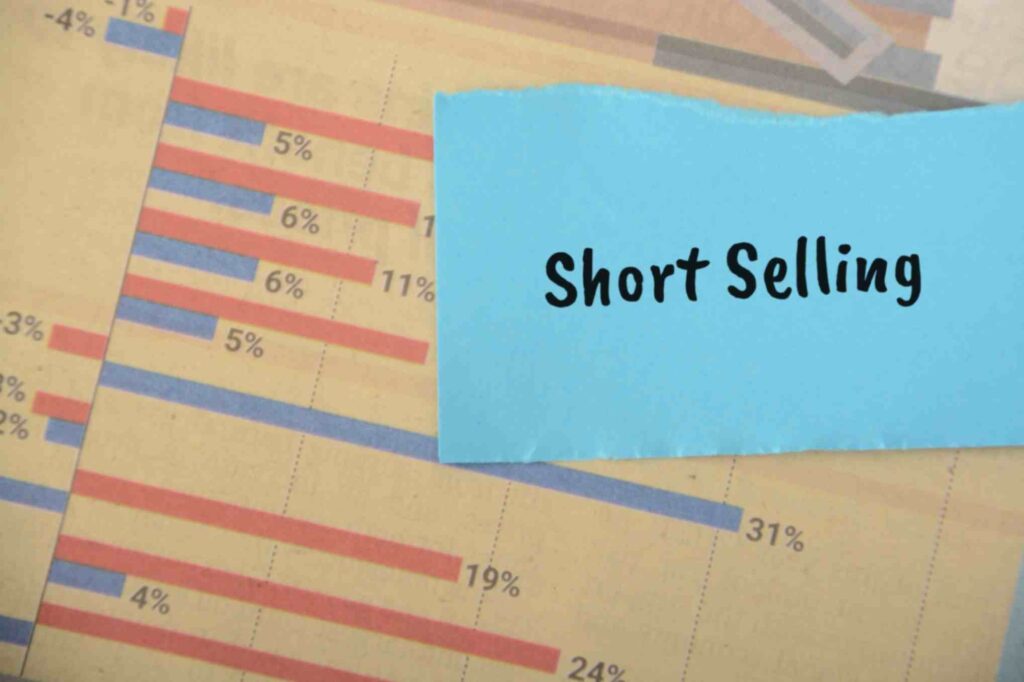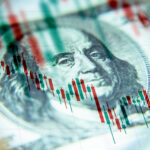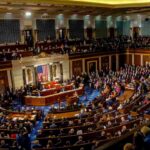Bank of America has raised the alarm on the S&P 500, advising investors to short the index despite minor gains posted in the wake of escalating trade tensions between the United States and China.
According to the banking giant, investors should avoid investing in the index unless the Federal Reserve delivers a sharp interest rate cut and trade tensions between the two economic giants ease.
In a note, BofA Chief Investment Strategist Michael Hartnett recommended shorting the S&P 500 until it drops to 4,800 and going long on two-year Treasuries, citing massive inflows into government bonds and continued outflows from U.S. stocks.
Until then, Hartnett sees little reason to buy risk assets and recommends investors “sell the rips.”
“We still think SPX at 4.8k is the right level to buy risk assets if policy panic makes recession short/shallow. <…> We sell-the-rips long 2-year Treasuries, short S&P until the Federal Reserve cuts interest rates aggressively to break the liquidation cycle, the U.S.-China trade war cools, and real wages restore household purchasing power,” the strategists added.
BofA noted that foreign investors currently hold $8.5 trillion in U.S. Treasuries, $4.4 trillion in corporate bonds, and $16.5 trillion in equities. Meanwhile, last week saw a record $18.8 billion flow into Treasuries, while $6.5 billion was pulled from U.S. stocks.
Hartnett warned that rising interest rates, a weakening dollar, and falling stocks signal a global asset liquidation that could pressure policymakers into action.
He also believes the era of “U.S. exceptionalism” is ending, calling the current shift the beginning of a “U.S. rejection period.”
What next for the S&P 500
On Friday, the benchmark index climbed nearly 2%, ending at 5,363 after President Donald Trump paused reciprocal tariffs for 90 days, except for China.
Beyond BofA’s latest warning, a range of Wall Street analysts have issued diverse outlooks for the index. As reported by Finbold, JPMorgan made the sharpest cut, slashing its S&P 500 target from 6,500 to 5,200 — a 20% drop. It also outlined a worst-case scenario of 4,000, a 21.16% plunge.
Oppenheimer’s John Stoltzfus remains the most optimistic on the bullish side, though he trimmed his Street-high target from 7,100 to 5,900, a 16.9% drop.
Evercore ISI’s Julian Emanuel lowered his forecast from 6,800 to 5,800, a 14.7% reduction. Meanwhile, Morgan Stanley has warned of a potential drop to 4,700 for the benchmark.
Featured image via Shutterstock







